
OR
Legal hurdle in way of KMC move to take back encroached public land
Published On: February 18, 2019 08:55 AM NPT
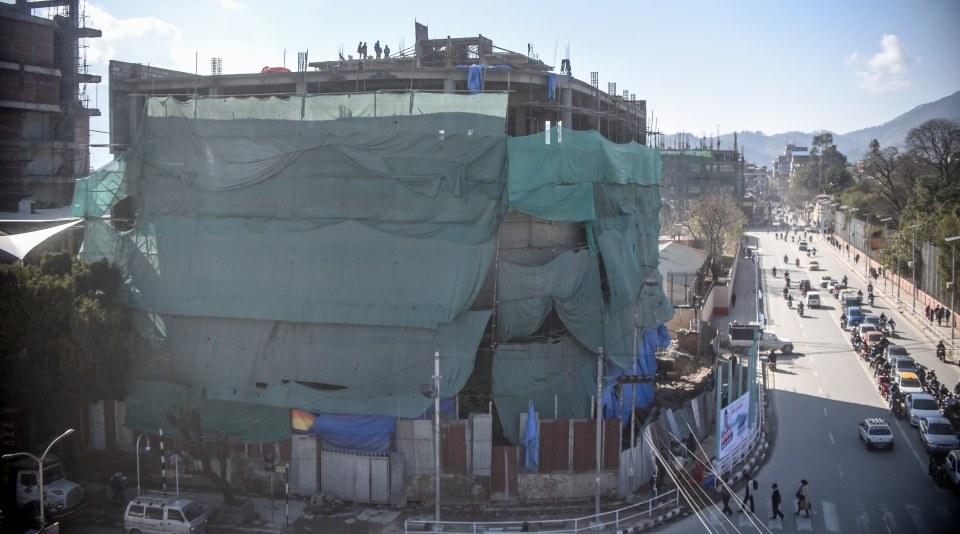
KATHMANDU, Feb 18: The Kathmandu Metropolitan City (KMC) stares at a herculean task of regaining control over around 500 ropani [25.44 hectares] of public land encroached over the past few decades in many places. Since the KMC started the process to take back the encroached land in March last year, dozens of people who have been using the encroached land have come forward with ownership certificates for the lands, throwing the reclaiming process into a legal limbo.
KMC officials say that the land they want to regain control over is just a third of around 1,500 ropani [76.31 hectares] of land that was encroached after the 1990s, a period marked by political instability and widespread corruption. Exact details remain unclear, but it is thought that the land had fallen into the hands of commoners as well as big businesses through the land mafia which grabbed it in cahoots with corrupt officials. Many of these land owners have authentic land registration certificates, and this, KMC officials say, has posed legal hurdle to repossessing the land.
“The land ownership certificates have thrown the land regaining process into a disarray. KMC cannot forcibly acquire the land plots registered in the names of private individuals. The future of the land now rests on the court’s decision,” said KMC Mayor Bidya Sundar Shakya. Shakya said that KMC was waiting for the court’s verdict to know the fate of some of such land including the 12 ropani in Thamel currently owned by Chhaya Center Complex.
Shakya said that the KMC is working to take control of the encroached public land which are not yet registered by individuals.
“We will develop parks in these spaces and open them for public use,” said Shakya.
T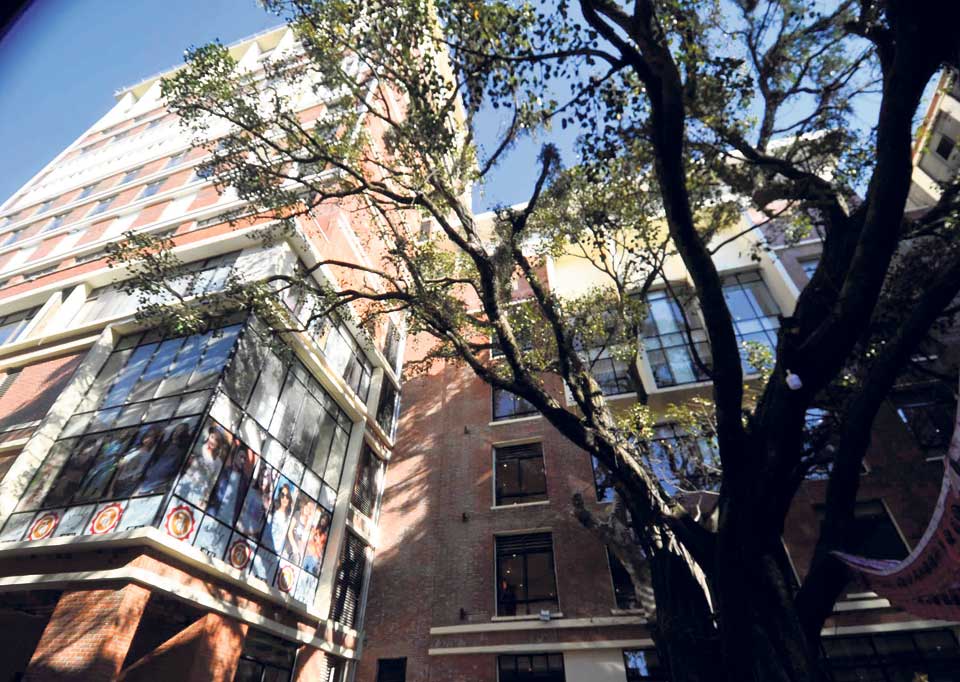 he calls for public space in Kathmandu have been growing especially since thousands of people were forced to take shelter on the roads during the 2015 earthquakes. Once known as a beautiful and well-managed city, Kathmandu is now known for its haphazard urbanization, blatant disregard for building codes and sheer lack of public commons.
he calls for public space in Kathmandu have been growing especially since thousands of people were forced to take shelter on the roads during the 2015 earthquakes. Once known as a beautiful and well-managed city, Kathmandu is now known for its haphazard urbanization, blatant disregard for building codes and sheer lack of public commons.
Being the main administrative center of the country, Kathmandu has become the internal migration destination for decades. The valley had just 110,000 population in 1991 AD. By 2011, the population had reached around 2.5 million and it has been continuously increasing.
The huge demand for land has not only robbed off the valley’s arable lands but also depleted public places and lands belonging to Trusts. More than two thirds of river bed, which remains unaccounted for in KMC’s estimate, disappeared in the last three decades.
Kamal Pokhari that once used to spread over 48 ropani [2.44 acres] is now narrowed down to less than half the original area. Public forest of Chandragiri hill that used to provide fresh air to city dwellers has now been given to a private firm for commercial purpose despite protests by the locals.
Similarly, the government bodies have also been occupying a large fraction of land meant for public use. Tundikhel, which used to spread from Rani Pokhari to Tripureshwar, is now in control of the Nepali Army, Nepal Police and other agencies.
Thanks to the earthquakes, denizens of the Valley are gradually uniting to stop encroachment of public land, while mounting pressure on their local authorities to restore the land to its original purpose.
“The earthquake came as a wake-up call. We will have no one to blame except ourselves if we do not act now and protect the remaining public space,” said Ram Thapa, a resident of Satdobato who has been campaigning to take back a public space rented out to a corporation.
You May Like This

Nepali film ‘Premi’ hitting Kathmandu screens tomorrow
KATHMANDU, Dec 15: Nepali film ‘Premi’ is hitting screens in Kathmandu from Friday. ... Read More...

Int Hindu Conference to be held in Kathmandu
KATHMANDU, Oct 2: An international conference of the Hindus is going to be organized at Bankali in the capital city... Read More...
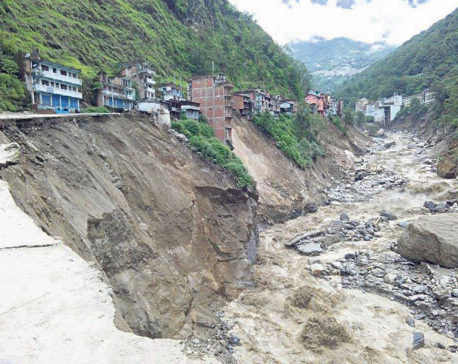
Bhotekoshi flood victims being airlifted to Kathmandu
CHAUTARA, July 8: The government is preparing to airlift flood victims of Tatopani area, who have been rendered homeless for... Read More...



Just In
- SC sentenced Paudel to nine years, fined Rs 232.7 million
- Yearning for change: On Jammu and Kashmir and Ladakh going to the polls
- NASA and ICIMOD join forces with regional stakeholders to build clearer picture of air quality in global pollution hotspot
- World Bank approves $80 million development policy credit for Nepal to strengthen financial sector and increase access to financial services
- Govt preparing to bring Mass Communication Bill soon: Minister Sharma
- Education ministry to run programs centered on students’ learning achievements
- Govt starts process to ban vape
- NEPSE inches up 2.06 points, daily turnover falls to Rs 2.14 billion



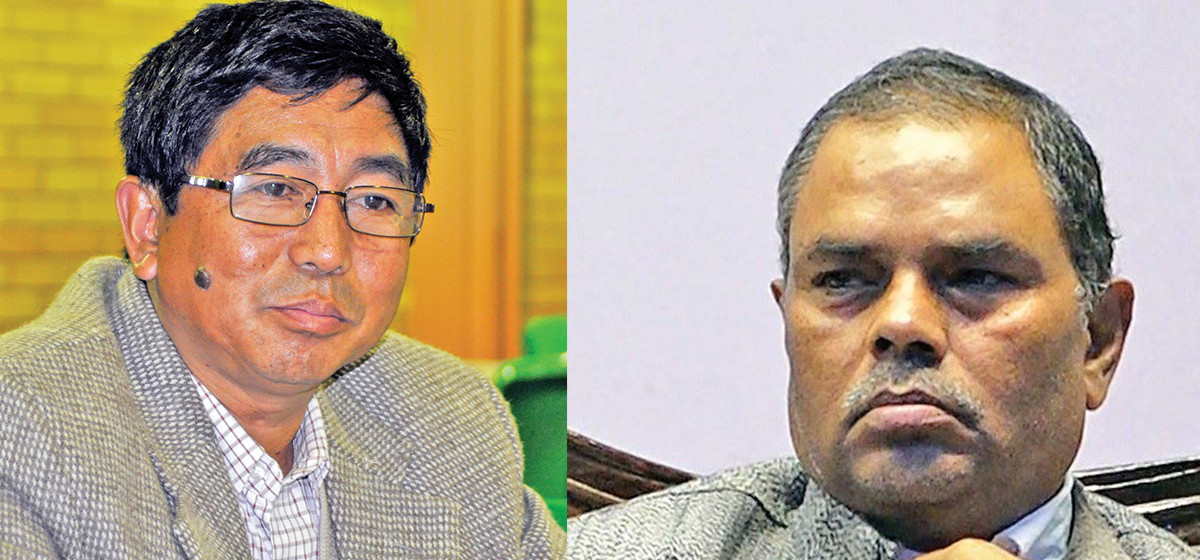
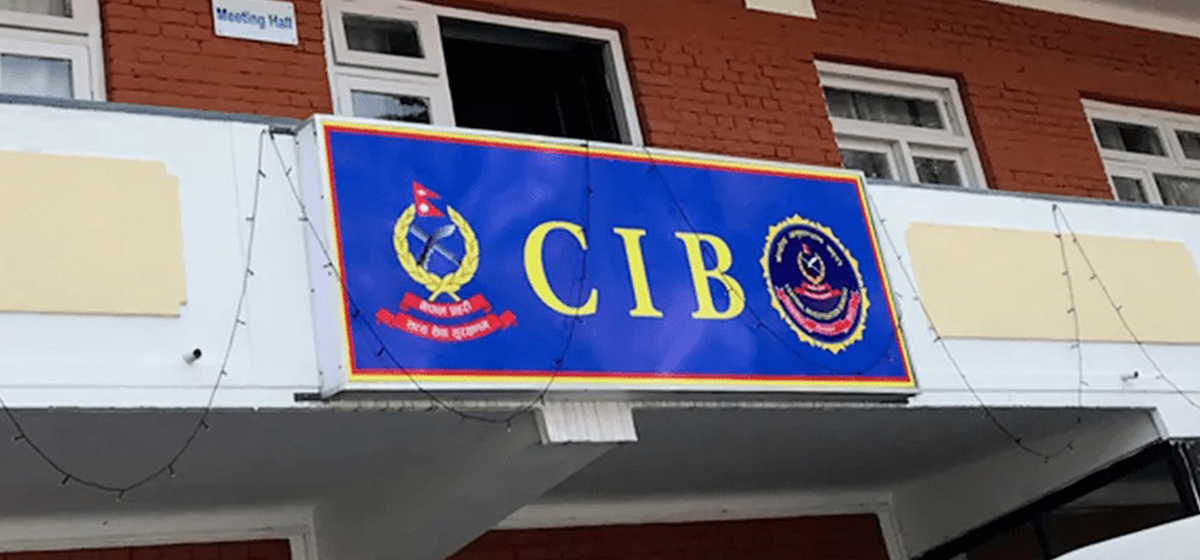
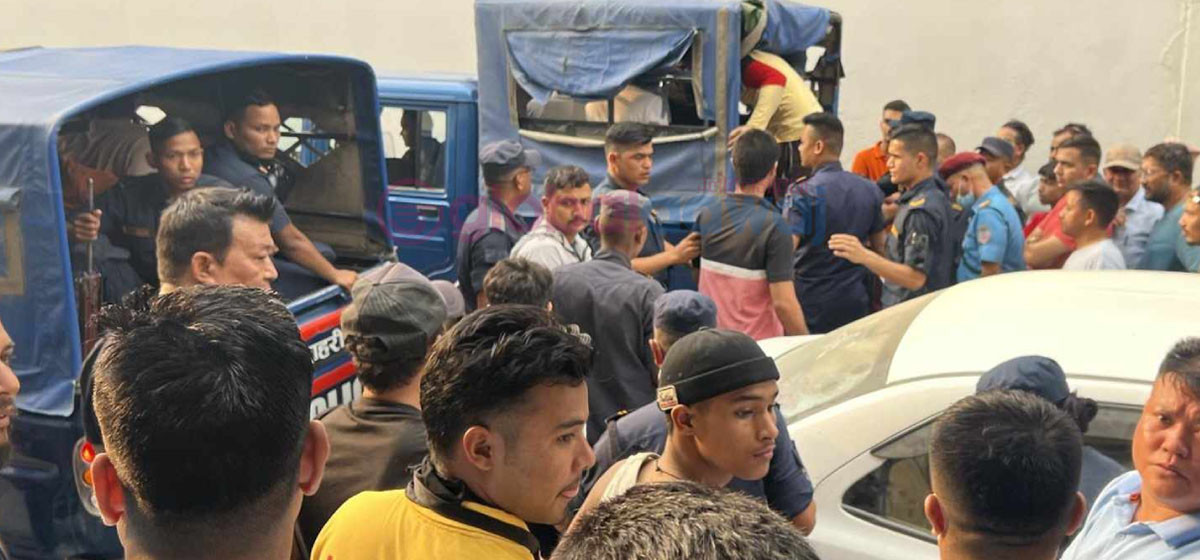
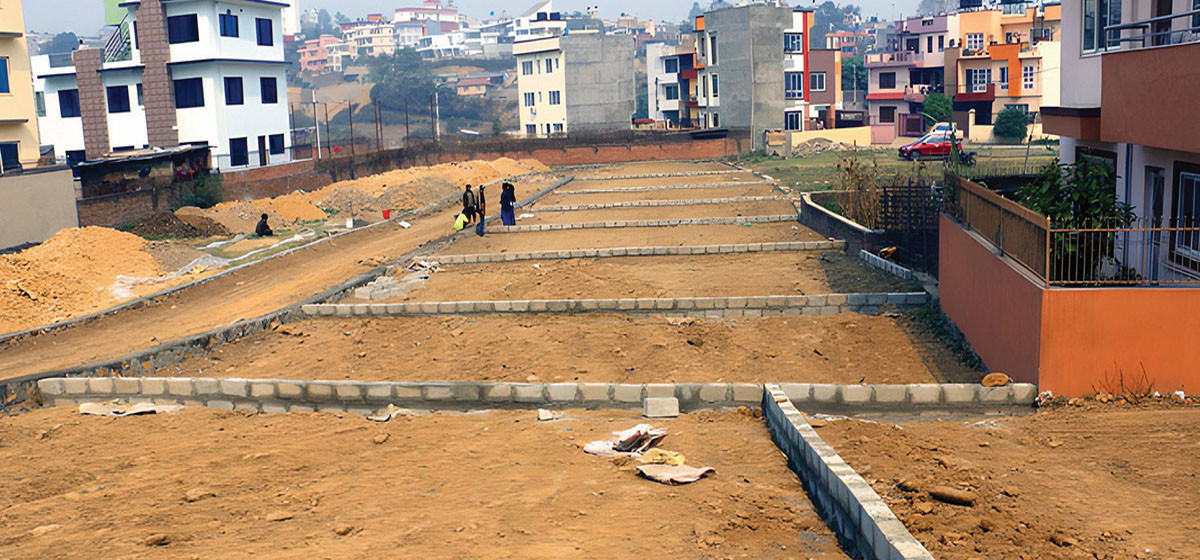
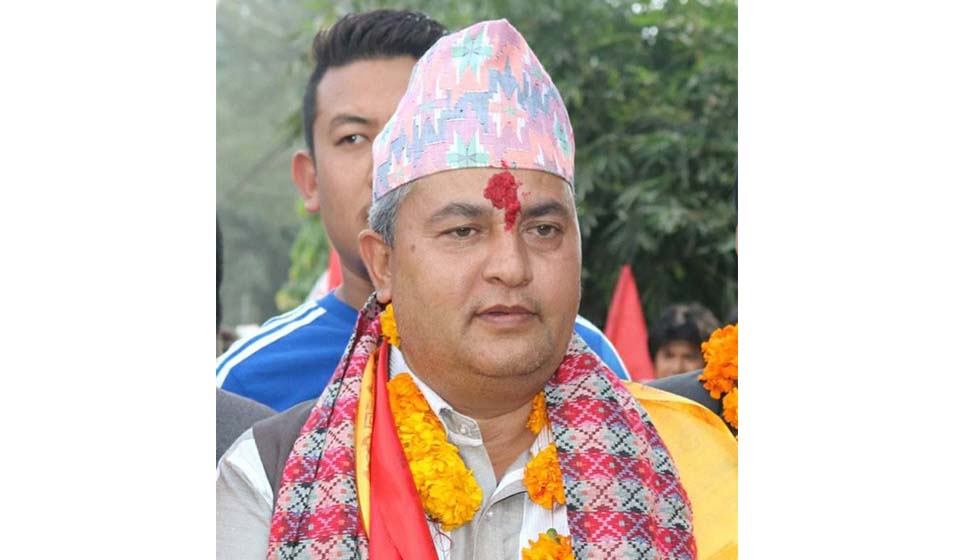
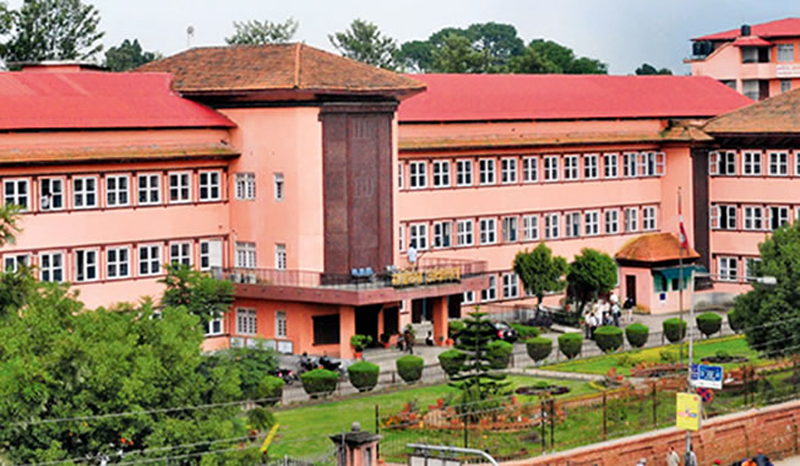

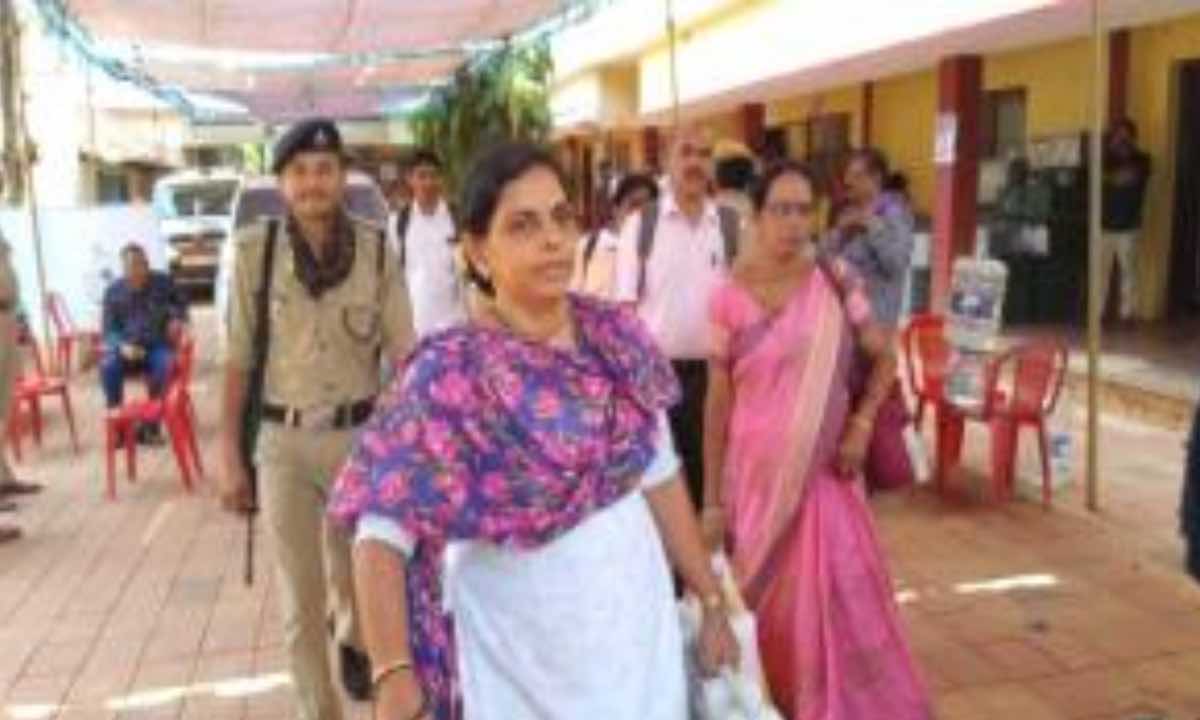
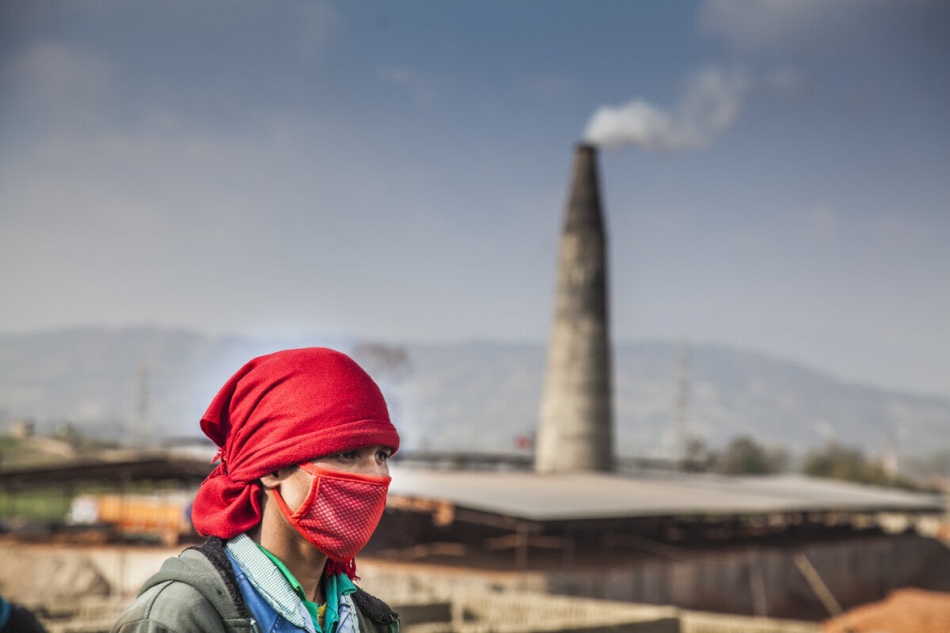
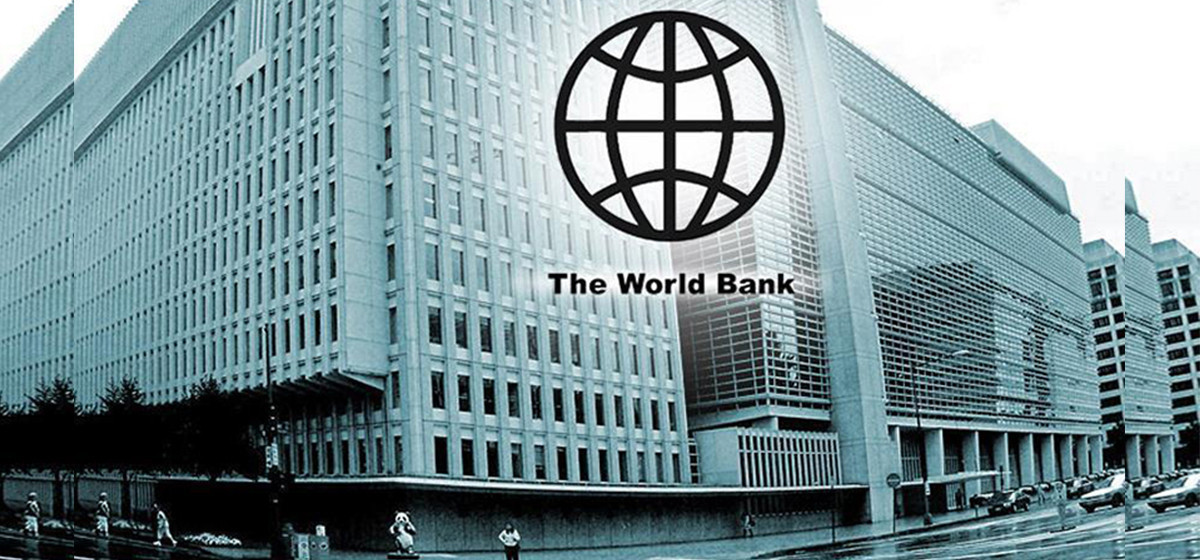
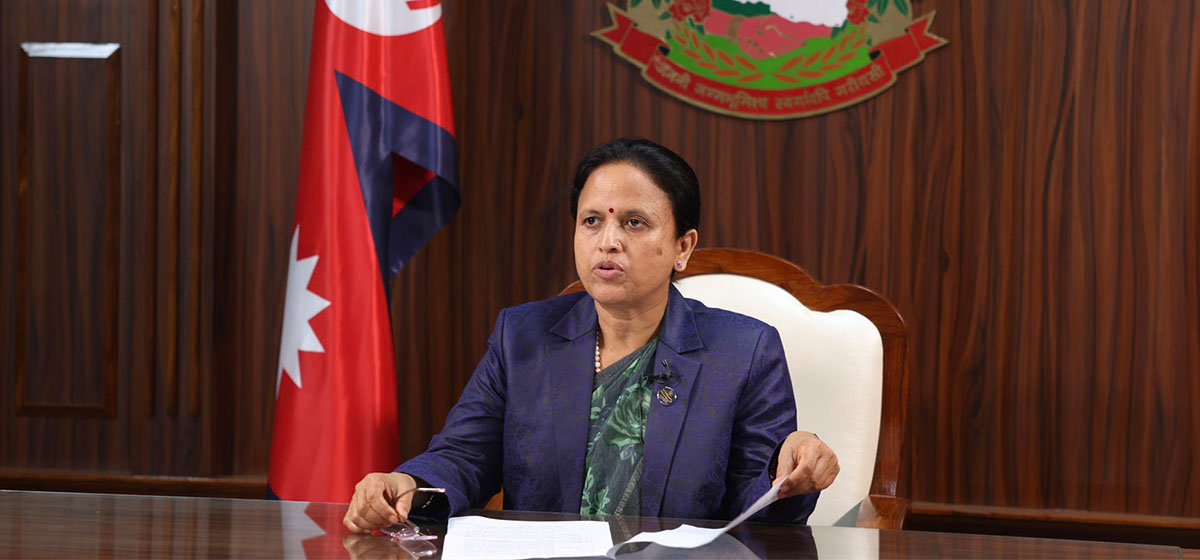
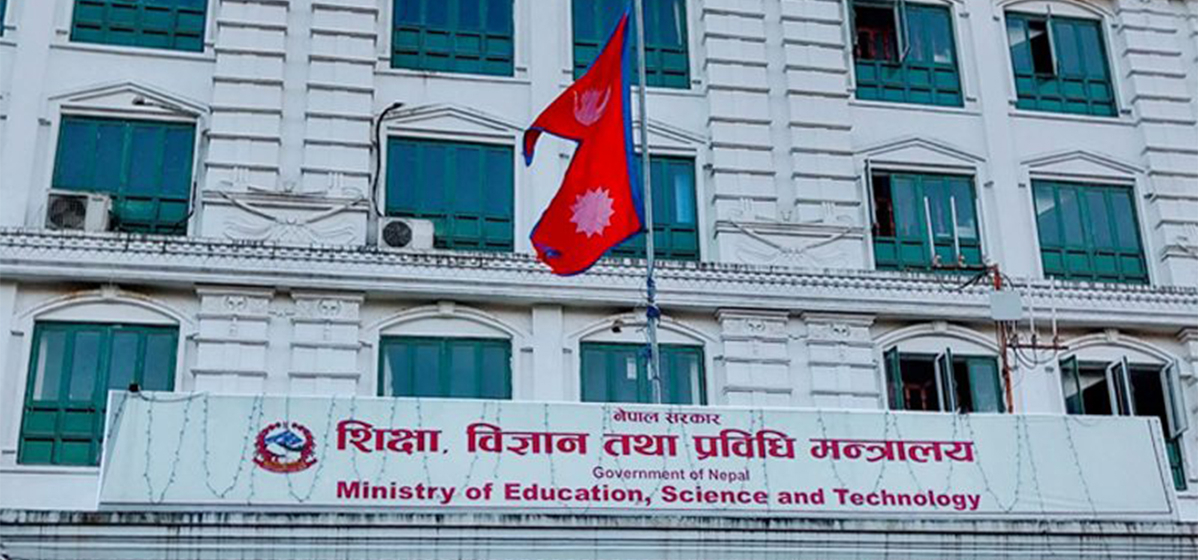

Leave A Comment